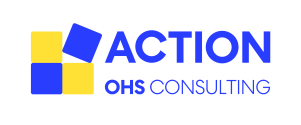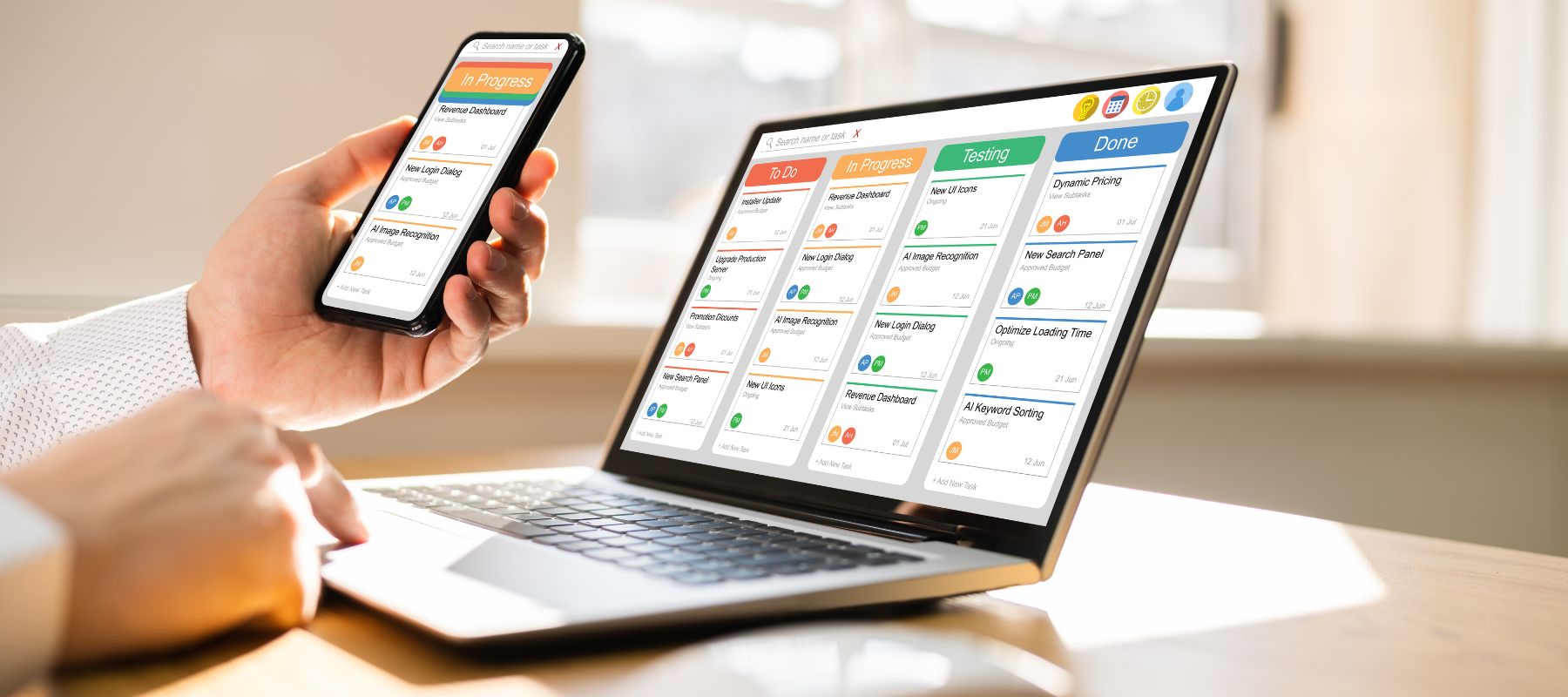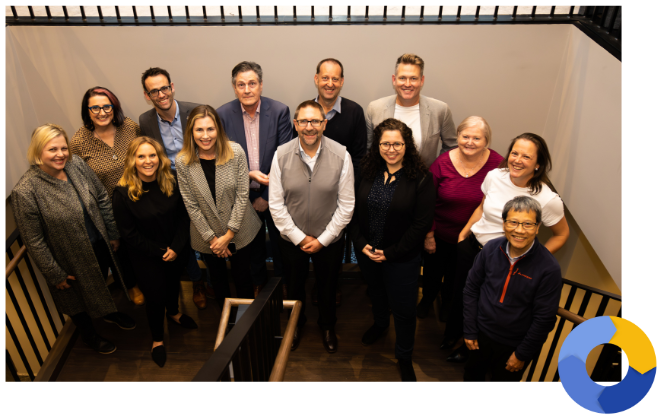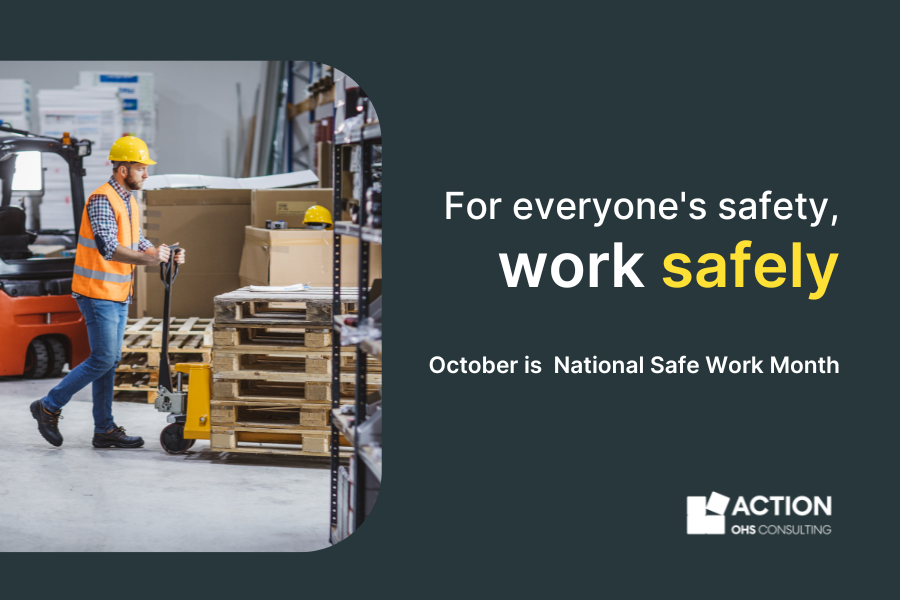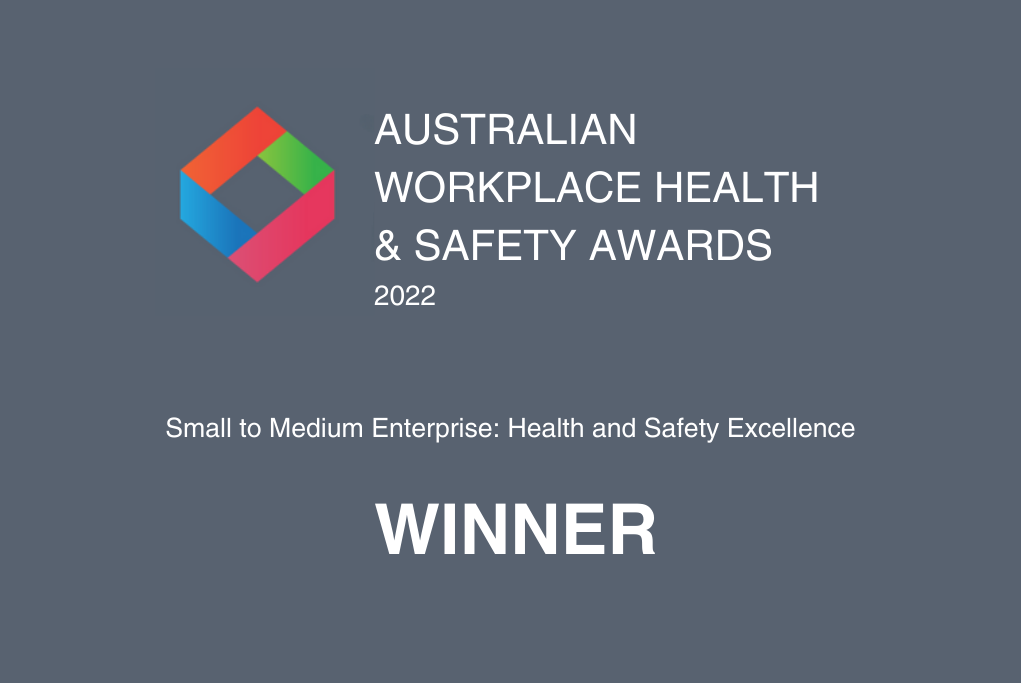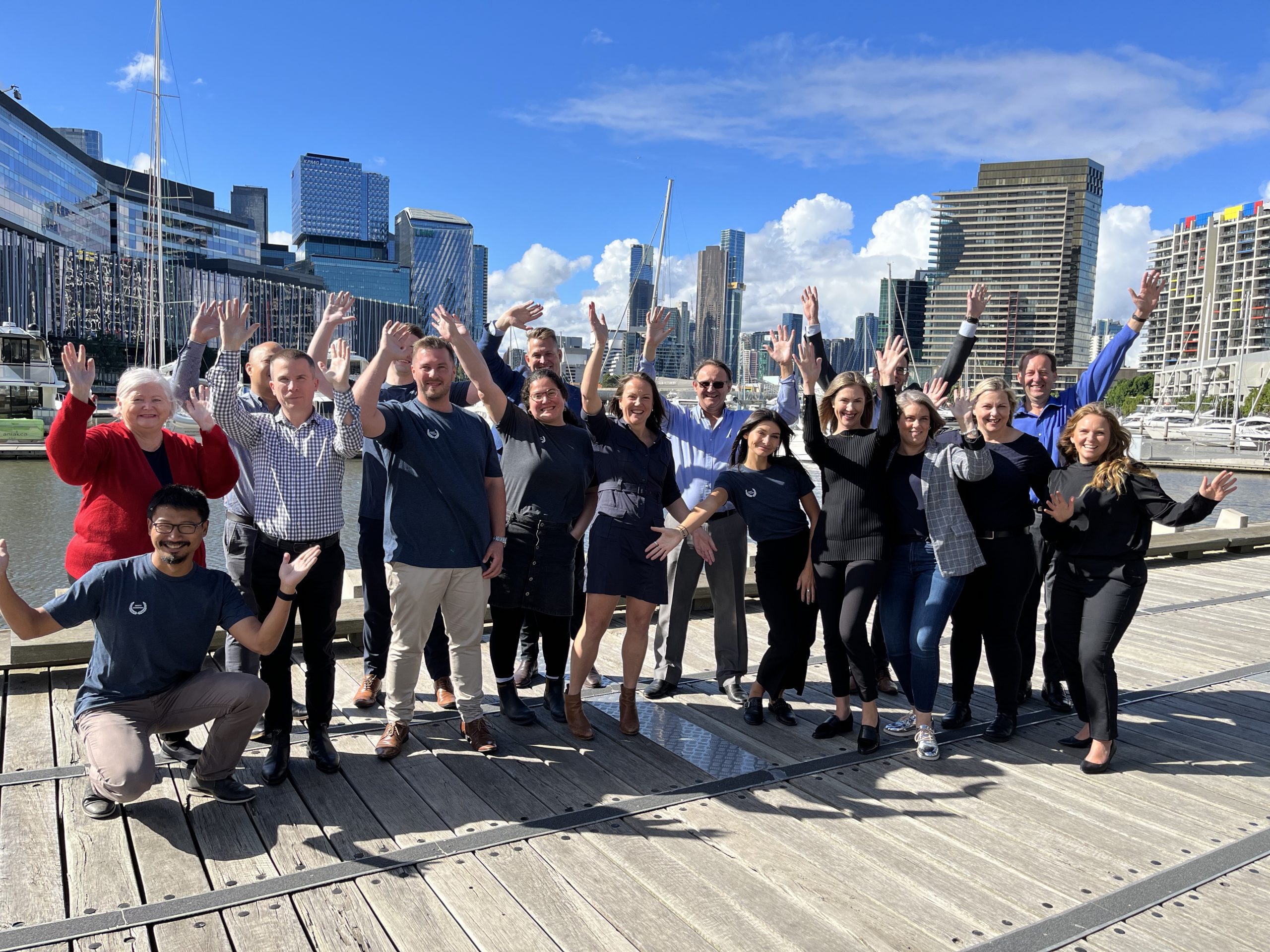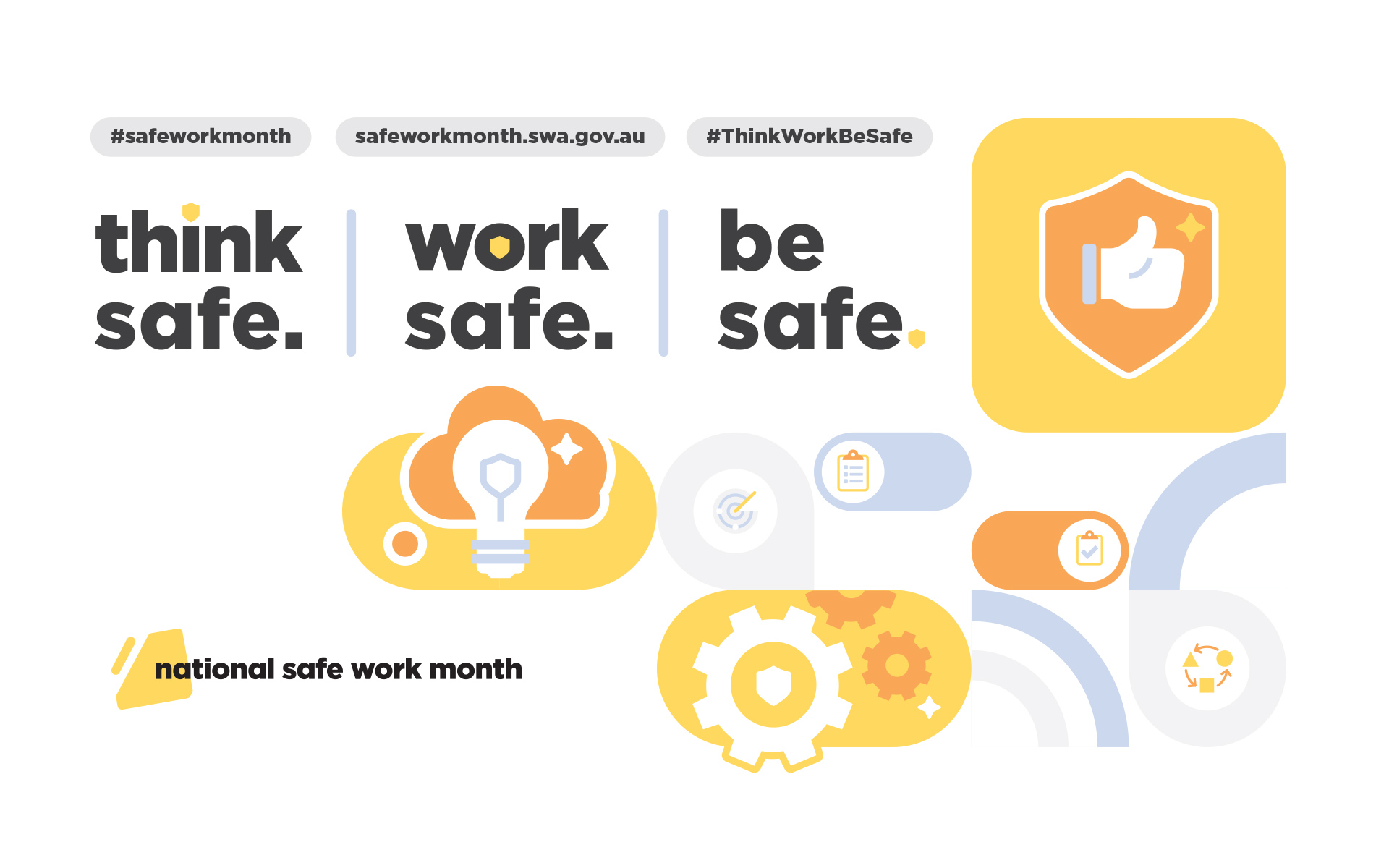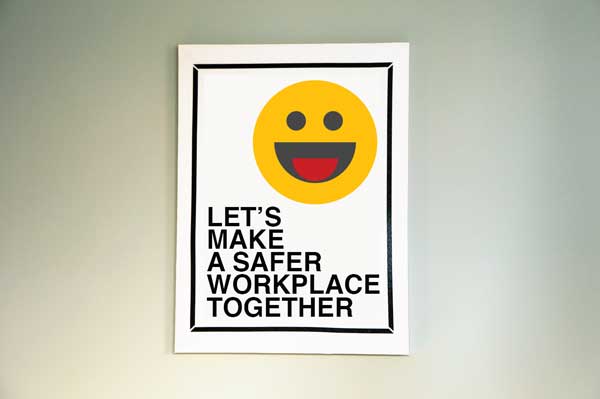Blog & Safety News
Stay up to date with company and safety industry news, expert advice from our team and in-depth discussions on safety best practices. Discover valuable insights and stay ahead with our thought leadership content.
Featured Posts
Latest Posts

June 5, 2025
Remote and hybrid work are no longer just flexible options; they are working conditions...
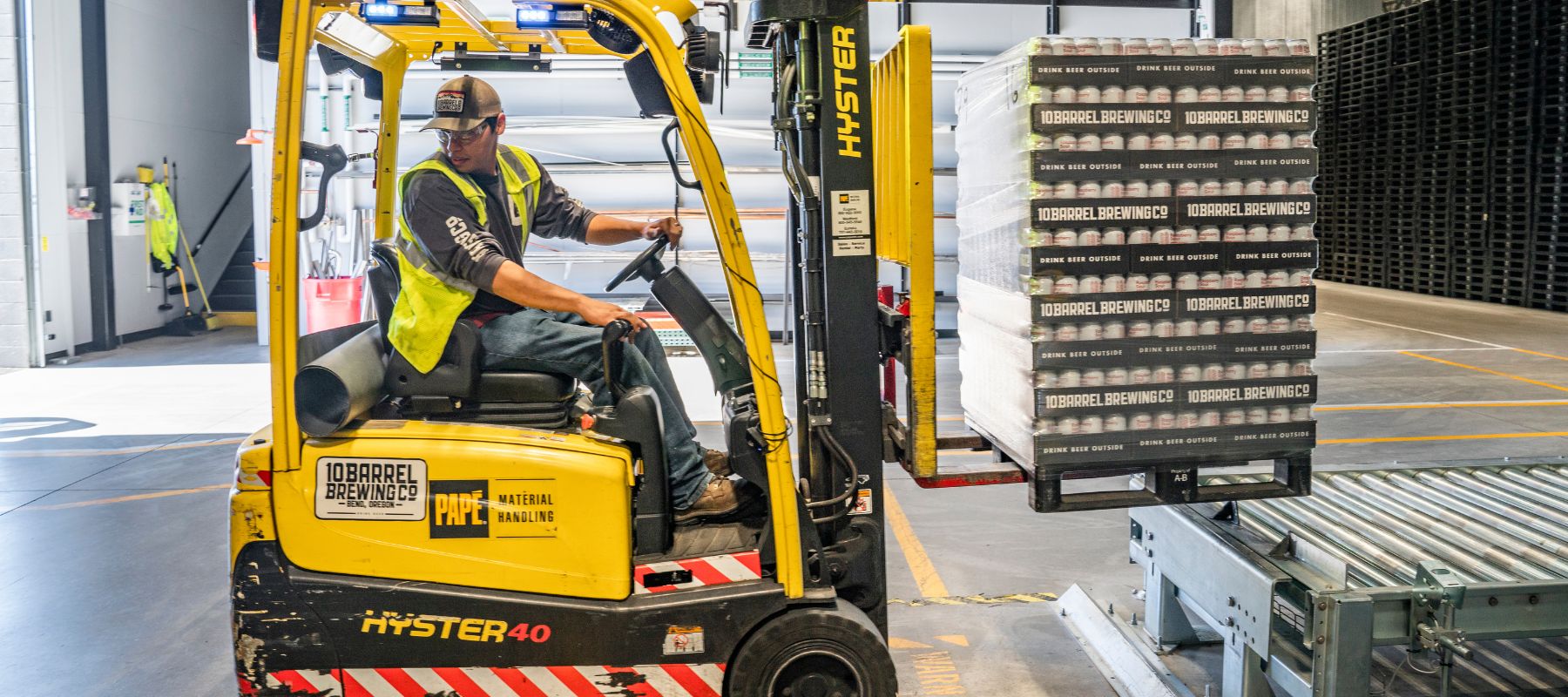
May 19, 2025
Traffic management is a critical aspect of workplace safety, particularly in environments...

April 10, 2025
For the past few years, there has been an increased focus on the role of psychosocial...

March 14, 2025
Ergonomics plays a crucial role in enhancing both employee well-being and productivity....

March 6, 2025
Celebrating International Women’s Day International Women’s Day allows us to reflect...

February 27, 2025
As a senior leader, you have a legislative responsibility to stay informed about...

February 24, 2025
Workplace safety is a critical component of any organisation’s success. However,...
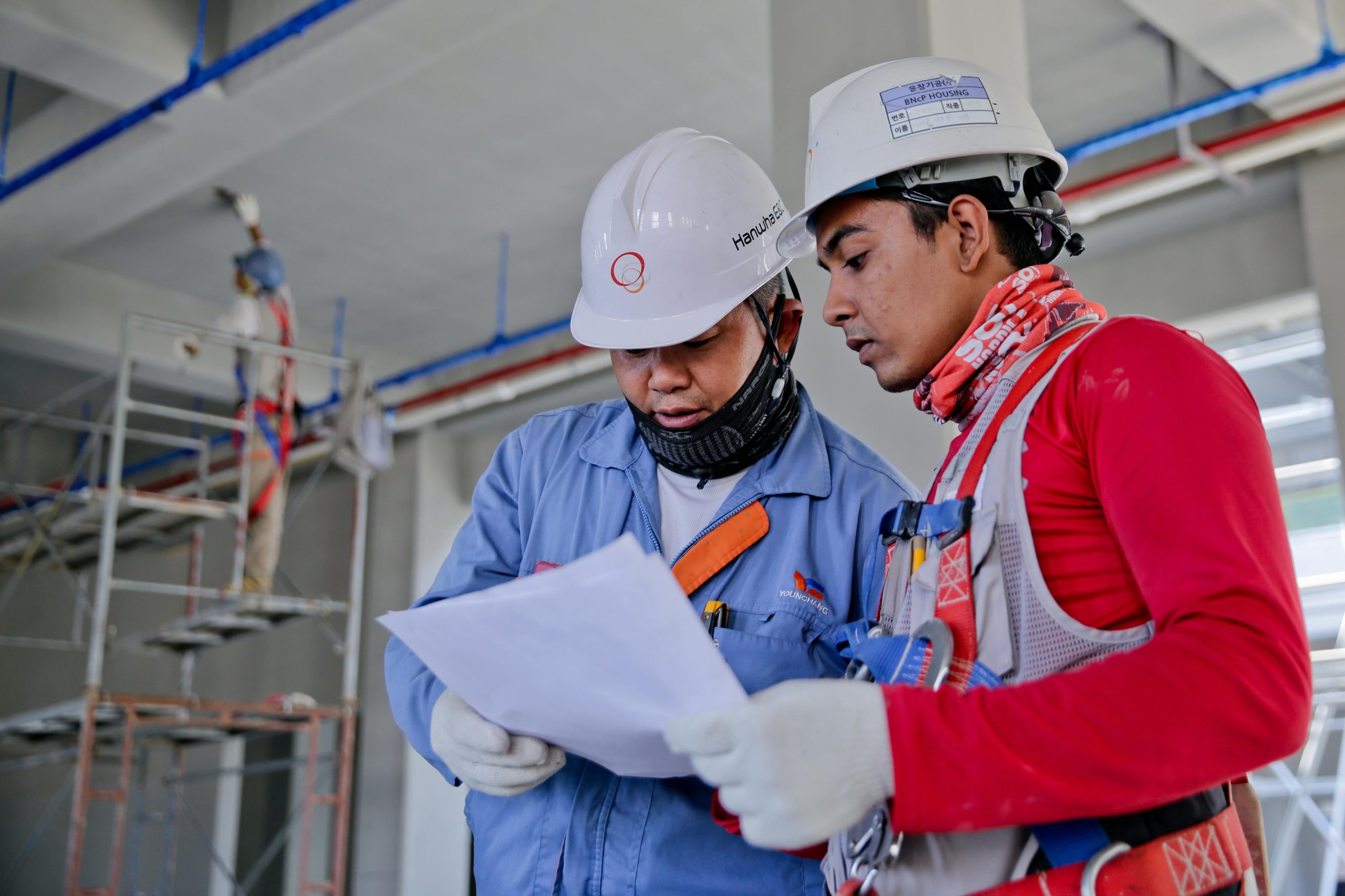
January 31, 2025
The beginning of a new year is an ideal time for businesses to reassess their workplace...

January 22, 2025
The new WorkSafe Victoria Scaffolding Industry Standard provides clear principles...

December 18, 2024
Businesses leading safety collaboration between lawyers and safety professionals...

November 22, 2024
Let’s start with some basic principles and also dispel some common contractor safety...

October 28, 2024
Dealing with the aftermath of a workplace fatality is one of the most challenging...

October 3, 2024
In challenging economic periods, businesses often look for ways to cut costs. However,...
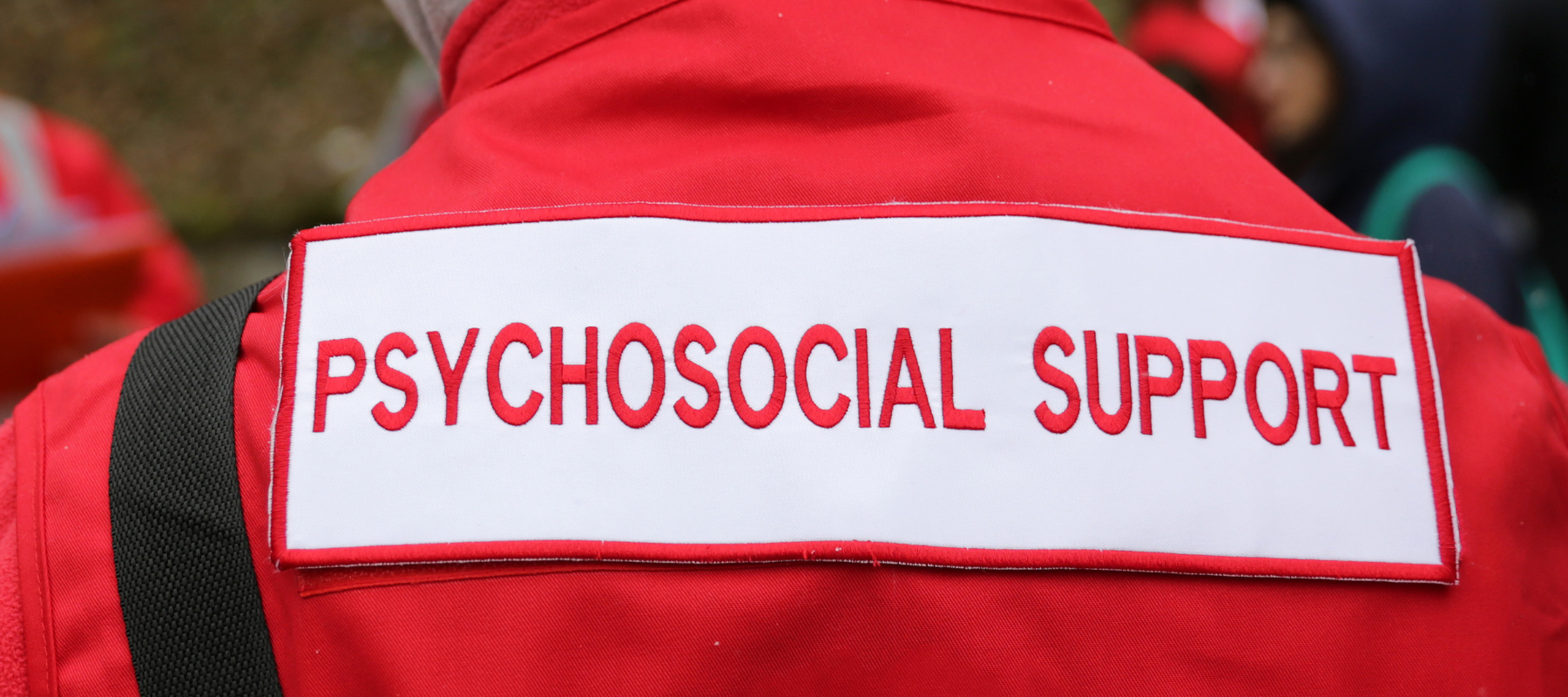
August 20, 2024
In today’s work environment, safety is paramount, extending beyond physical hazards...

August 5, 2024
When considered as a whole, Workplace Health and Safety (WHS) prosecutions have increased...

July 14, 2024
The childcare industry plays a crucial role in the lives of many Queensland families....

May 13, 2024
In various industries, manual handling forms a core part of daily operations, encompassing...

March 31, 2024
Business leaders have a legislative duty to acquire and maintain up-to-date knowledge...

March 28, 2024
Welcome to Client Spotlight, where we showcase the stories of remarkable businesses...

March 28, 2024
A summary of the latest WHS Codes and Legislation, news and updates from across Australia...
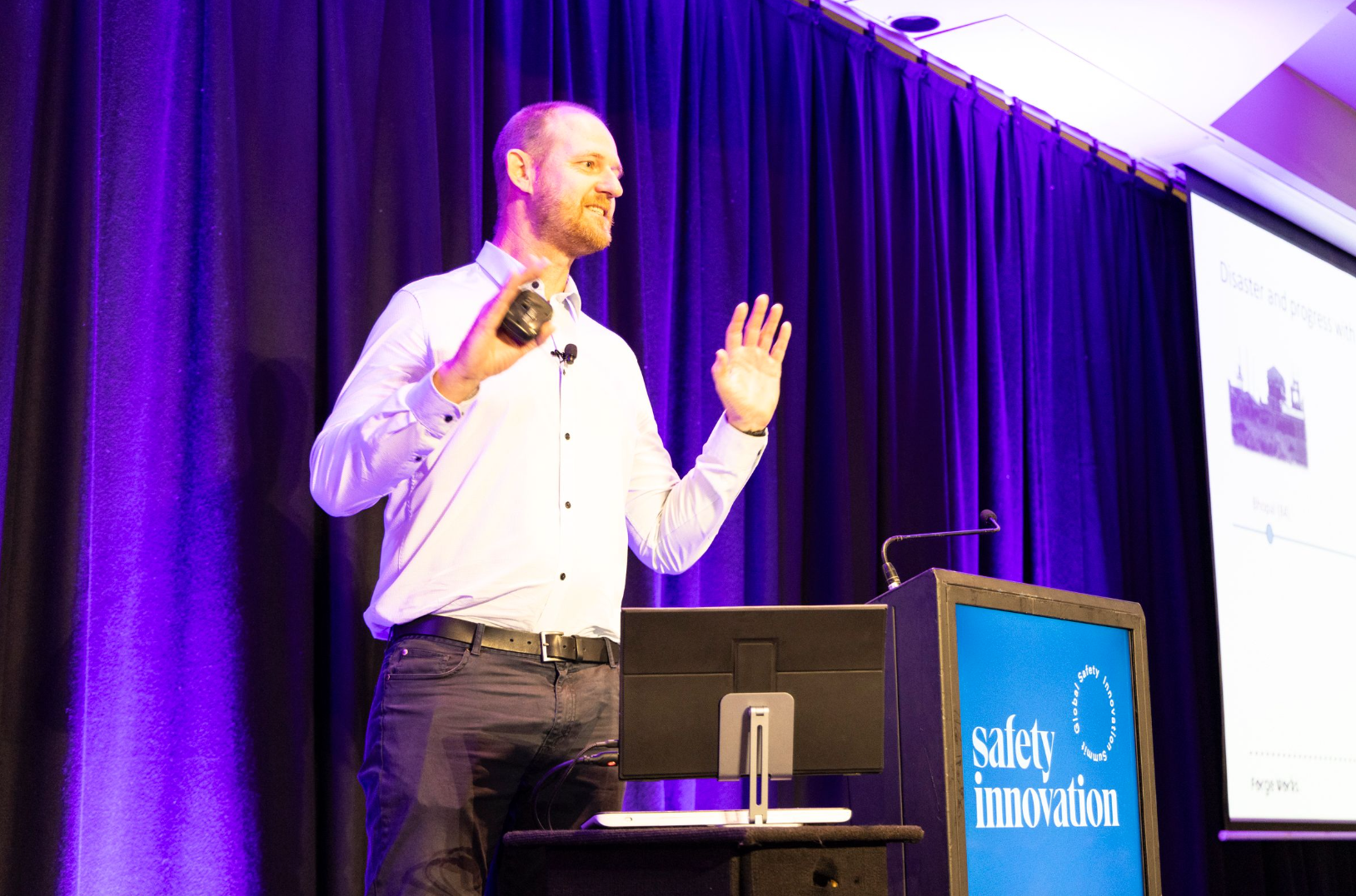
February 23, 2024
The 2024 Global Safety Innovation Summit, recently held in Wollongong, NSW, was more...
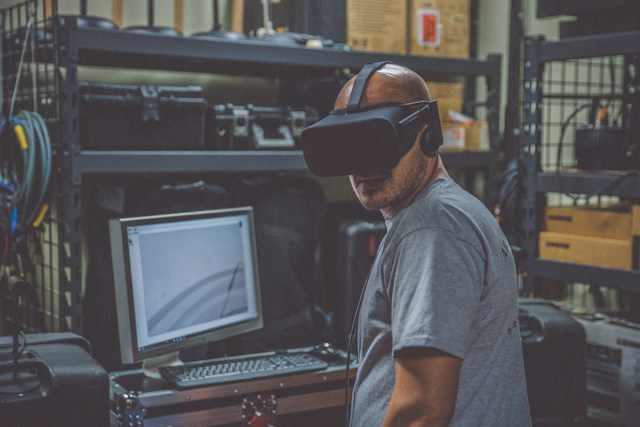
January 25, 2024
As we stand on the brink of a new era, the future of workplace safety is poised for...

October 30, 2023
Action OHS Consulting continues to support businesses across various industries with...

October 29, 2023
As a much younger person, I hurt my back at work. At that time, I did not realise...

August 7, 2023
In today’s ever-evolving business landscape, ensuring a safe and secure work environment...

July 30, 2023
Business leaders have a legislative duty to acquire and maintain up-to-date knowledge...

July 27, 2023
Discover the latest news and updates on Health and Safety codes and legislation from...

July 26, 2023
Action OHS Consulting continues to support businesses across various industries with...
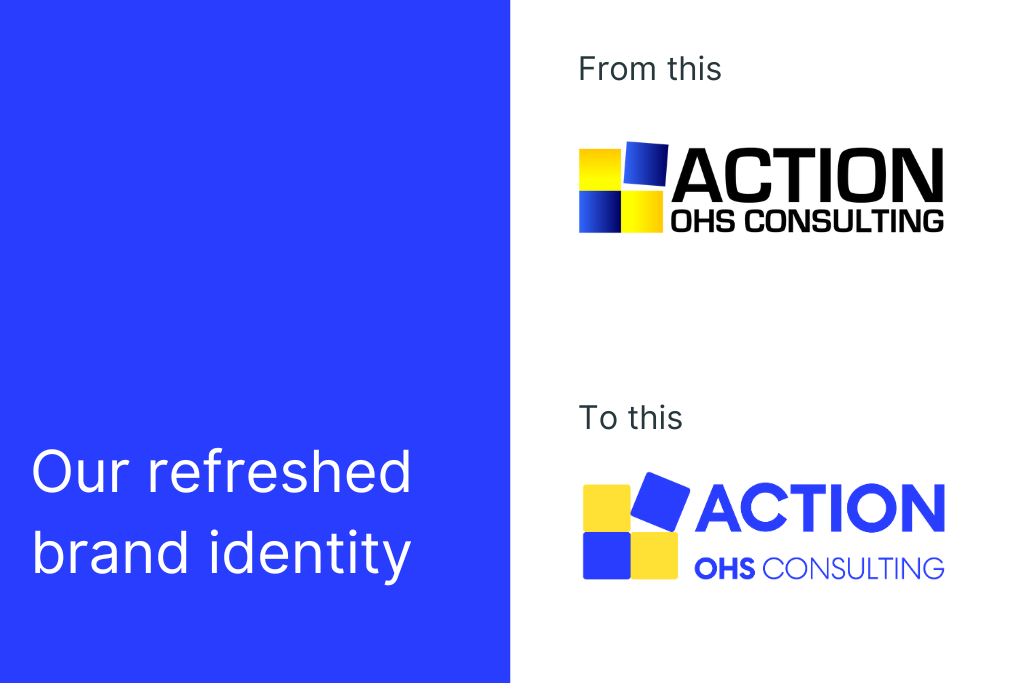
June 15, 2023
We are excited to unveil our brand refresh, which showcases an updated brand identity...

June 9, 2023
As we approach the new financial year, organisations across Victoria face an important...

April 27, 2023
In Australia, the influenza virus is estimated to cost businesses in excess of $100...

April 27, 2023
We are thrilled to be working with some fantastic brands who are as passionate about...

April 13, 2023
Implementing a health and safety management system for your business is an important...

January 29, 2023
We have started 2023 off strong, providing OHS support to a range of clients from...

January 29, 2023
Have you recently received a notice from the safety inspector? Or have you been made...

January 29, 2023
Business leaders have a legislative duty to acquire and maintain up-to-date knowledge...

September 19, 2022
Safe Work Australia Latest news and updates on codes and legislation from Safe Work...

September 19, 2022
Workplace safety regulations are changing and just like physical hazards, psychological...

September 19, 2022
The Action OHS Consulting team have been working on a range of projects all with...
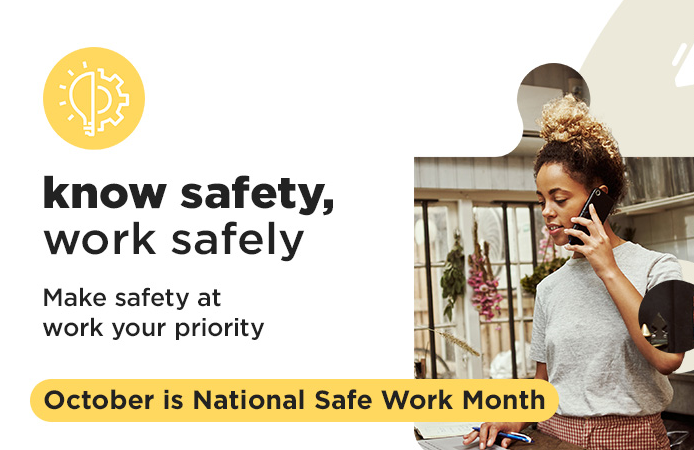
June 19, 2022
October marks National Safe Work Month, when Australian businesses, workers and employers...

March 9, 2022
Business leaders have a legislative duty to acquire and maintain up-to-date knowledge...
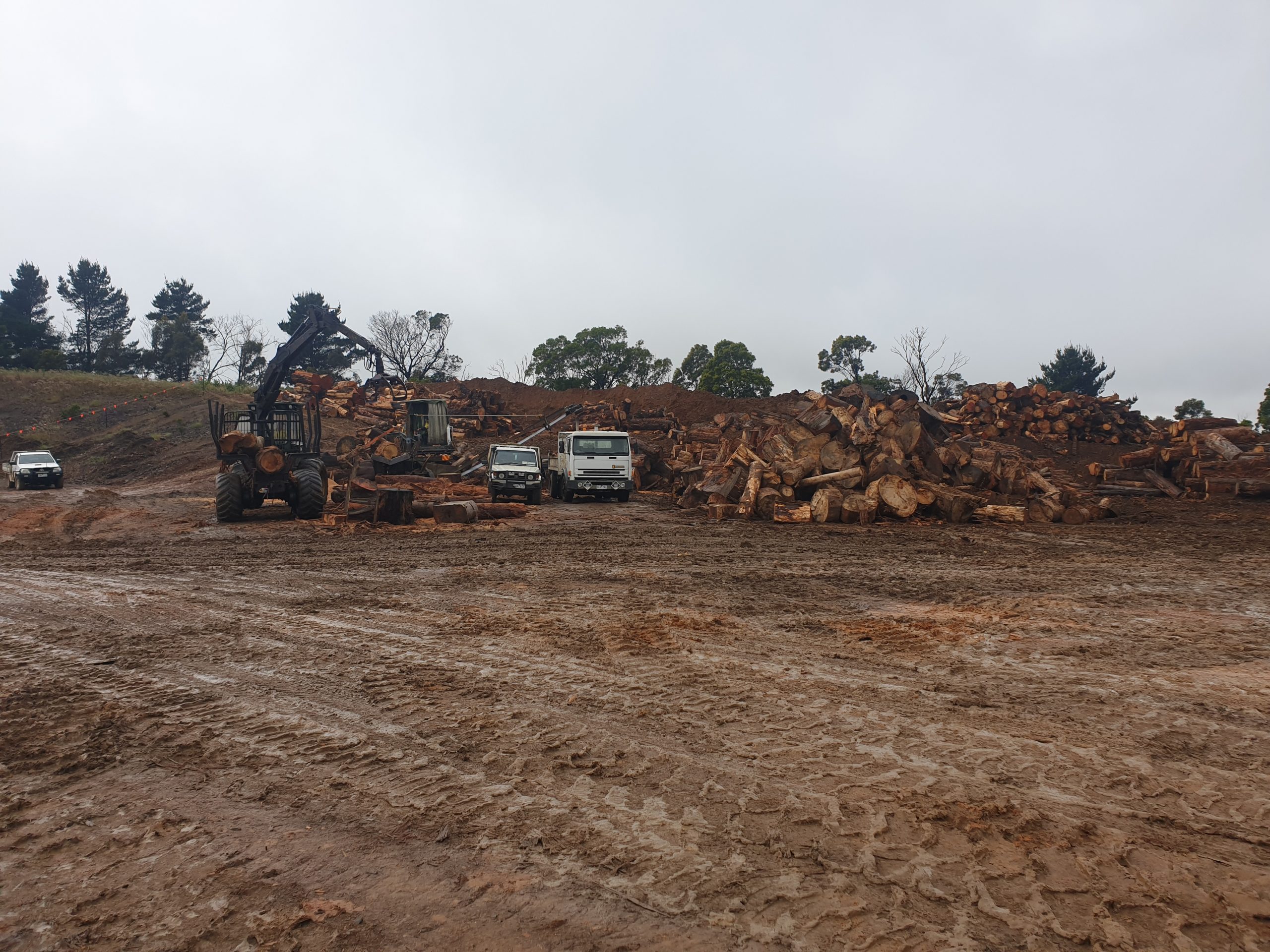
November 25, 2021
In June 2021, severe storms swept across Victoria, causing significant damage to...

November 25, 2021
As new technologies emerge and computing power increases, we are exposed to more...

November 25, 2021
With more and more workers expecting to be able to access flexible working arrangements,...

November 25, 2021
Managing risk when working from home can be challenging. It’s no surprise that moving...

August 10, 2021
As of 30 May 2021, SafeWork NSW released its Code of Practice for Managing Psychosocial...
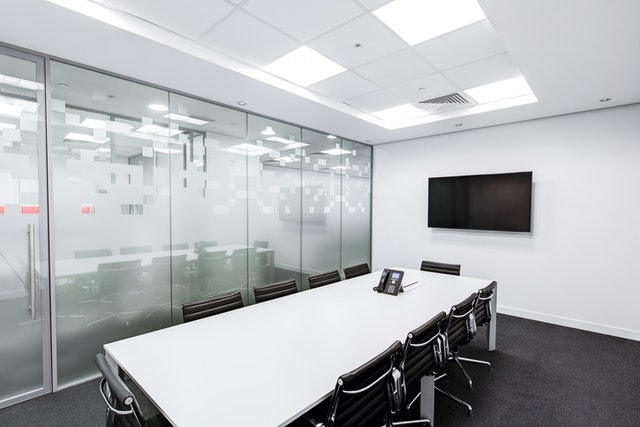
February 23, 2021
In recent months, Victorians who have been working from home have been able to make...

February 16, 2021
Australian workplaces are acutely aware of the importance of matters of health and...

January 24, 2021
Typically, discomfort and injuries associated with poor ergonomic posture take time...

November 24, 2020
Around this time of year, we find that many businesses seek OHS guidance about how...

September 16, 2020
Work as we knew it has changed in some capacity for all of us. You might have found...

September 15, 2020
You have probably heard that the best way to be a safety leader is by setting the...

August 9, 2020
In this blog we will share our learnings from the hotel quarantine bungle in Melbourne....
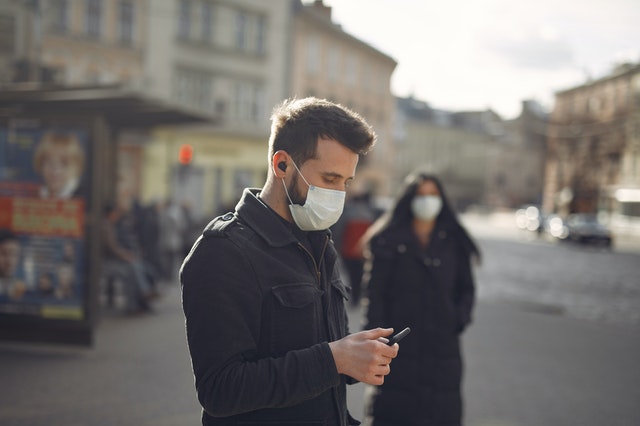
June 2, 2020
The effects of the COVID-19 pandemic on workplaces and the way we work across Australia...
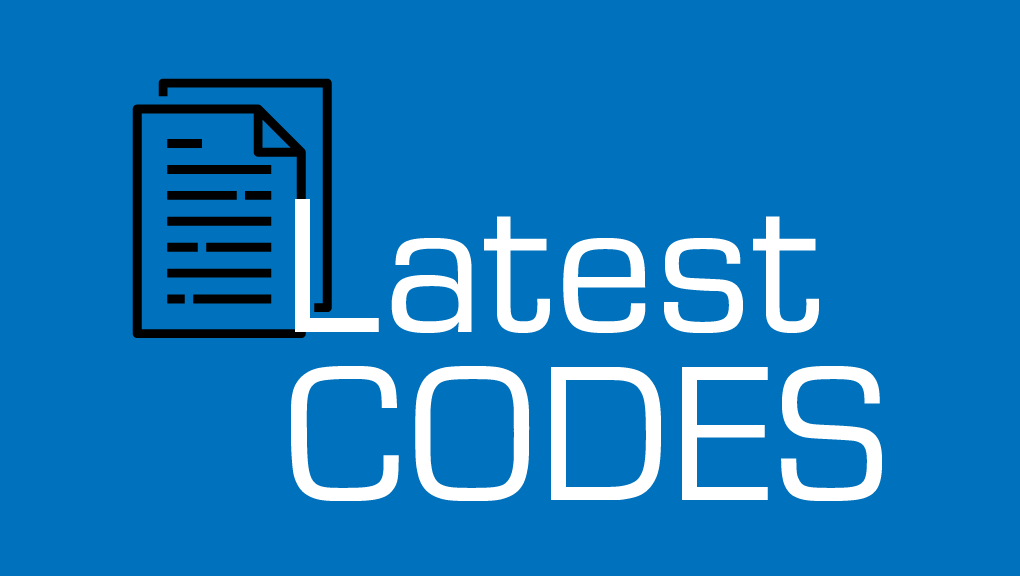
January 19, 2020
Workplace Exposure Standards January 2020: Safe Work Australia has been working to...

December 30, 2019
In this blog, we will cover some of the key aspects of measuring the return on safety...

November 13, 2019
There is good reason for the increased attention in the news over the past few months...

November 3, 2019
In most legal contexts, the work Christmas party is considered part of the work environment....
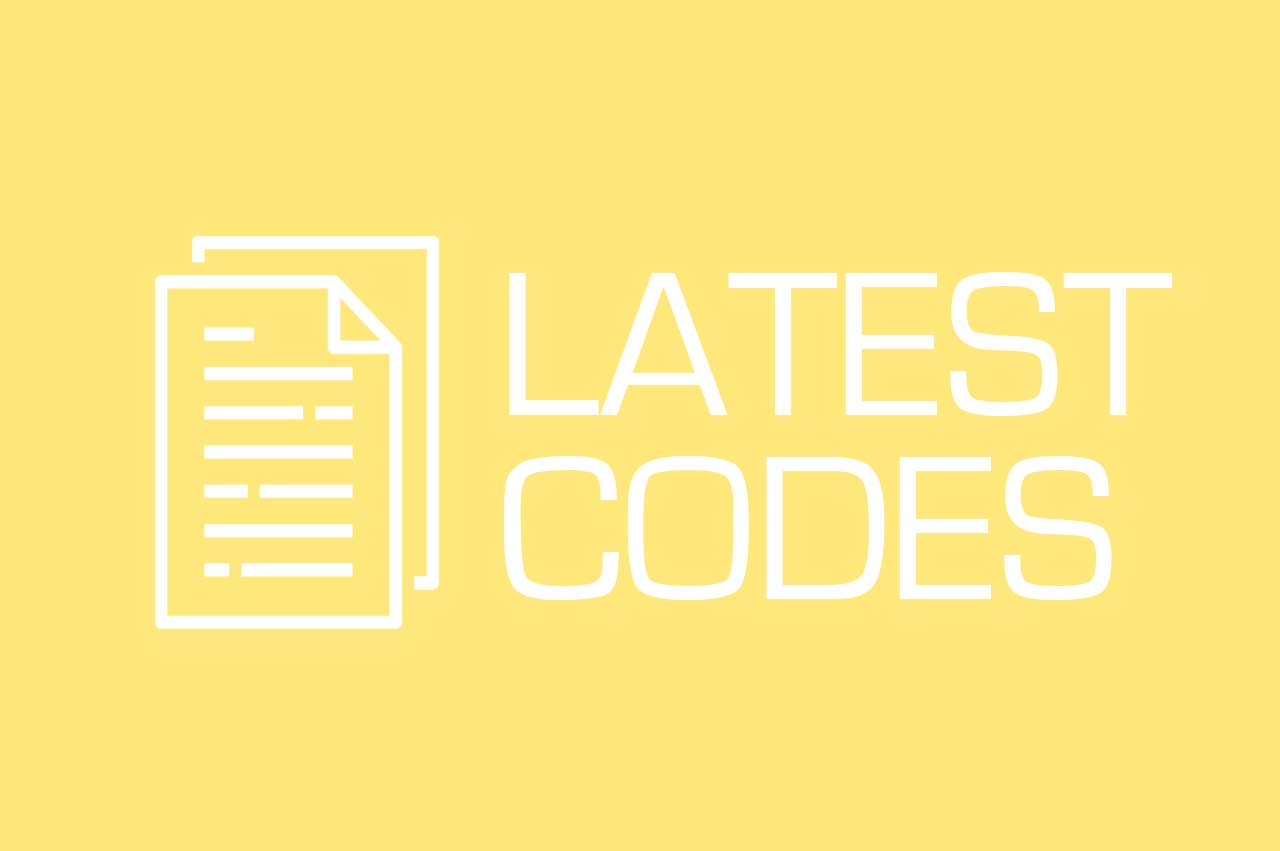
October 15, 2019
Please find below a compilation of the latest legislation and codes, as of October...

October 13, 2019
From a wellbeing perspective we (I mean the collective, worldwide ‘we’) are further...
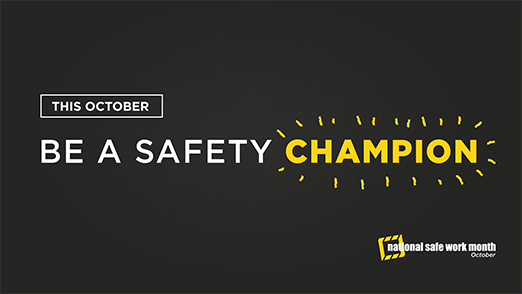
October 7, 2019
Every year, October marks National Safe Work Month in Australia, representing a great...

February 27, 2019
Whilst many leaders might externally say the right things, they do not always feel...

January 22, 2019
Safety inspectors are in place to monitor and ensure that businesses operate in accordance...

December 15, 2018
Organisations have a responsibility to ensure processes are in place to manage work-related...

October 16, 2018
Chain of Responsibility (CoR) places legal obligations on parties in the transport...
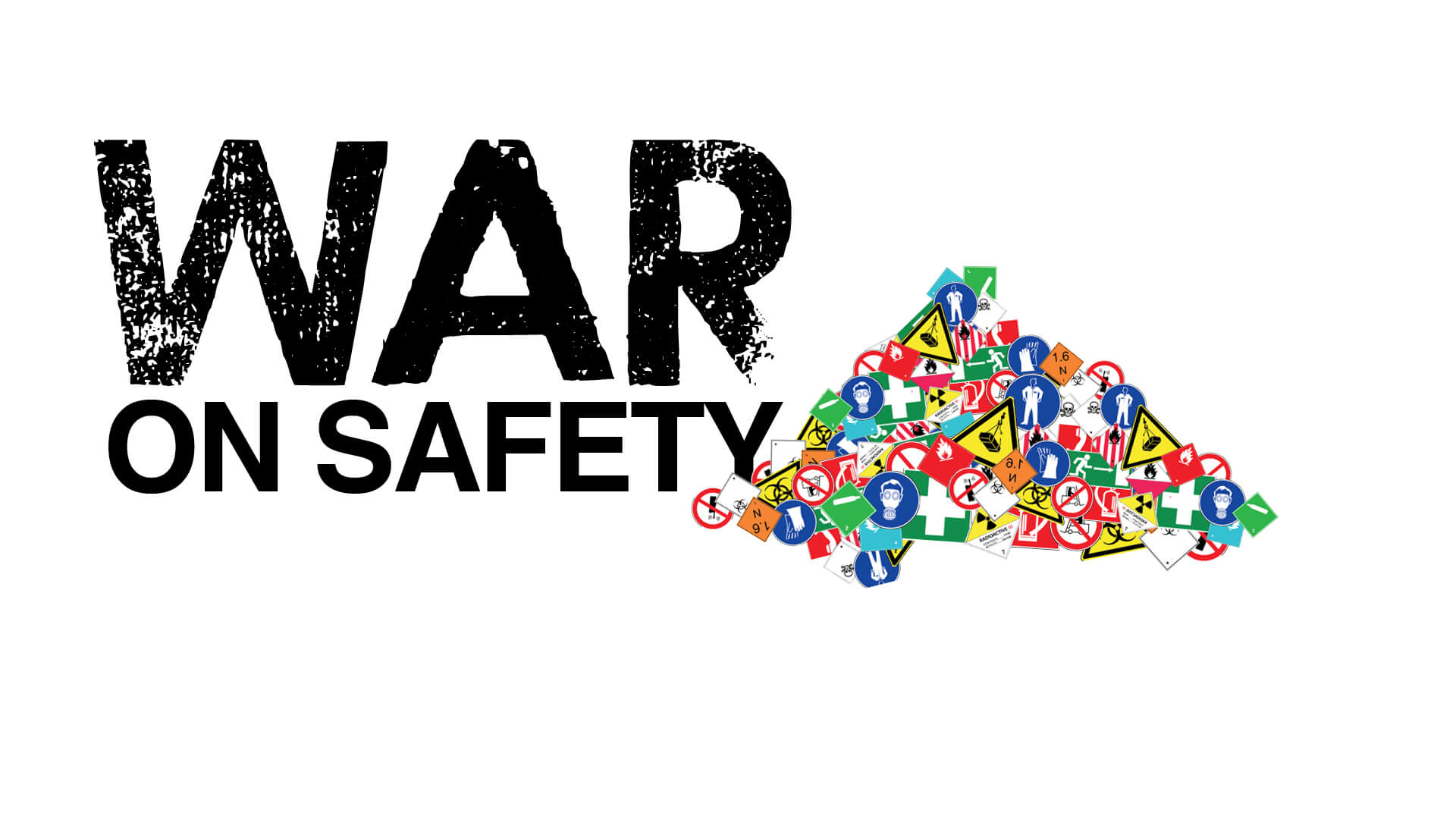
July 12, 2018
Recognising a pressing need for small and medium sized businesses to access useful...

January 31, 2016
Does your workplace have a health and safety strategic plan? If so, does your workplace...
